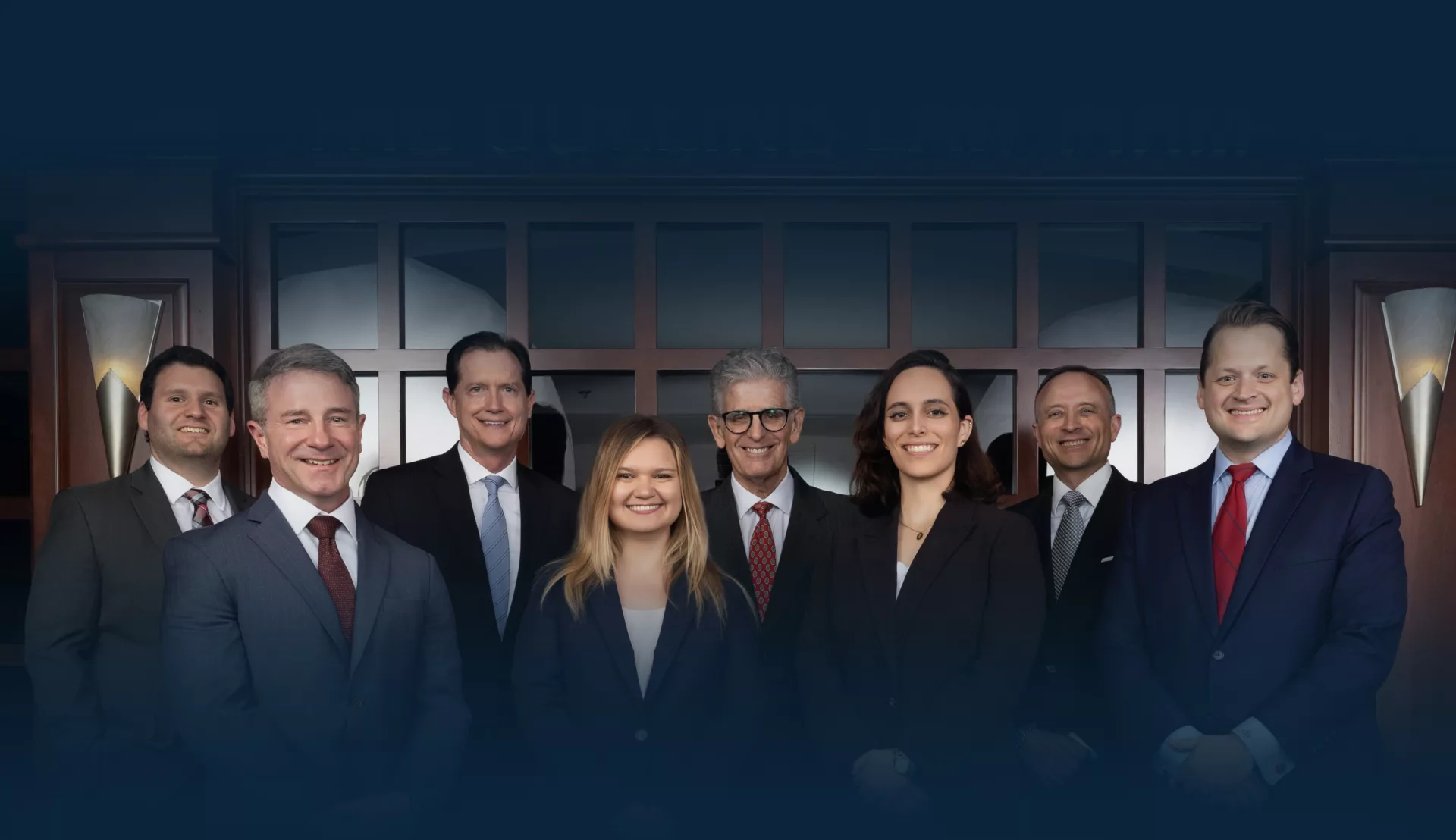We Serve Clients Across the Nation and in the Following Illinois Localities: All of Illinois Including Cook County, Dupage County, Kane County, Will County, Lake County, Kendall County, Kankakee County, Mchenry County, Dekalb County, Peoria County, and Downstate; Chicago and All Suburbs, Including Naperville, Downers Grove, Wheaton, Lisle, Oak Brook, Elmhurst, Oak Park, Carol Stream, Darien, Woodridge, Schaumburg, Batavia, St. Charles, Arlington Heights, Lombard, Aurora, Plainfield, Elgin, Evanston, Palatine, Bolingbrook, Orland Park, Berwyn, and Joliet.
